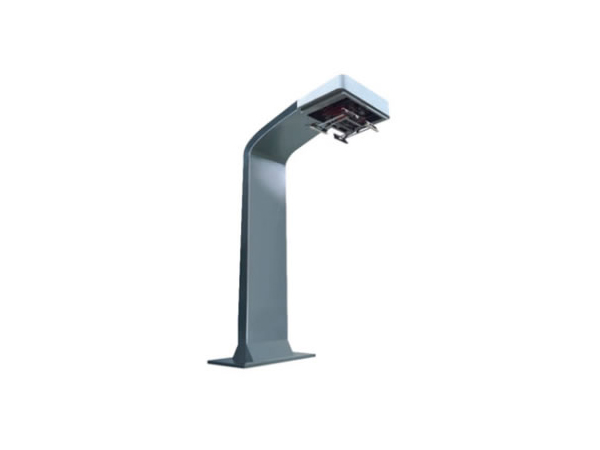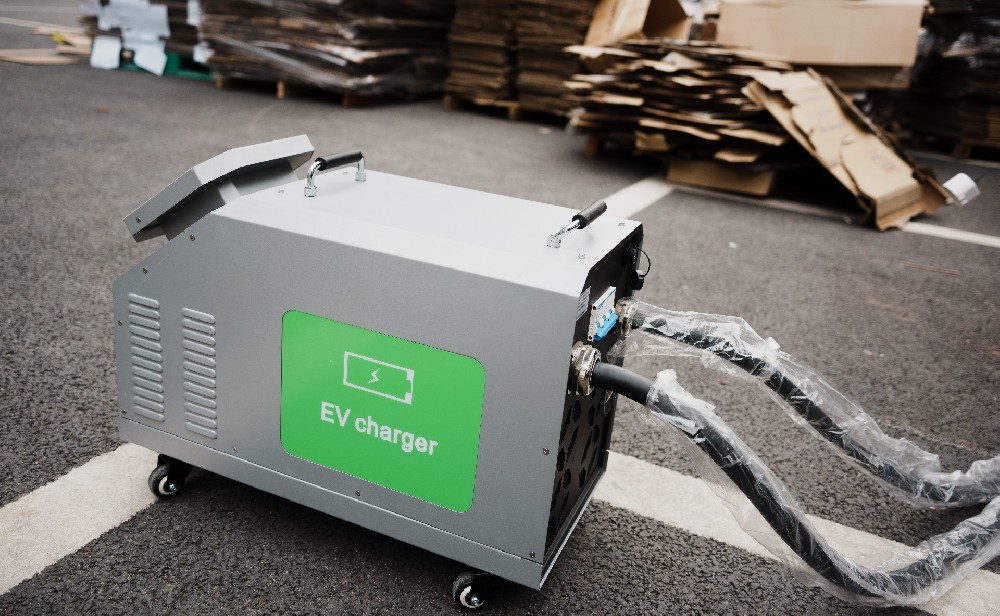-
13822183778@139.com
-
13822183778
How to Identify AC Charging Connectors
Those who can drive have certainly refueled a car before. The use of an AC charging gun is not complicated—it involves opening the cap, inserting the gun, paying, and refueling. However, electric vehicles come with an entirely new set of procedures. This article aims to the use of AC charging guns and charging stations, in case one day you find yourself unable to charge your electric vehicle and it hinders its use.

First, what does an AC charging gun look like?
Most electric vehicle models come with cables, primarily an "I" + "L" type charging gun and a 220V 10A household charging connector. This charging gun can handle a current of 36A, while the current limit for a household outlet is 10A. It's worth noting that some manufacturers have gone the extra mile by installing a current detection device on the 220V 10A charging connector to prevent tripping the home circuit breaker.
Second, how to distinguish the two ends of the AC charging gun: The "L" type is for the electric vehicle end, and the "I" type is for the charging station end.
The "L" + "I" type charging gun is easy to identify—the "L" type is inserted into the electric vehicle's charging port, while the "I" type is inserted into the charging station's port. However, some vehicle models come with two identical "I" type or "L" type charging guns. How can we quickly tell them apart?
Simply by checking the length of the metal pins inside the charging gun.
Third, using a charging station: The charging interfaces currently in use in China are standardized.
Civilian charging stations all adhere to the 220V 36A standard, classified as "slow" charging. However, the electricity consumption is still quite significant. According to grid staff, installing just a few of these charging stations can consume as much power as an entire building.
Choose a charging port, insert the "I" end (the shorter metal pin end) into the charging port, and connect it properly to the electric vehicle's end.
 How long does it take to charge ···
How long does it take to charge ···
 DC Fast Charging CCS type 2 plug
DC Fast Charging CCS type 2 plug
 The high-voltage and high-curren···
The high-voltage and high-curren···


